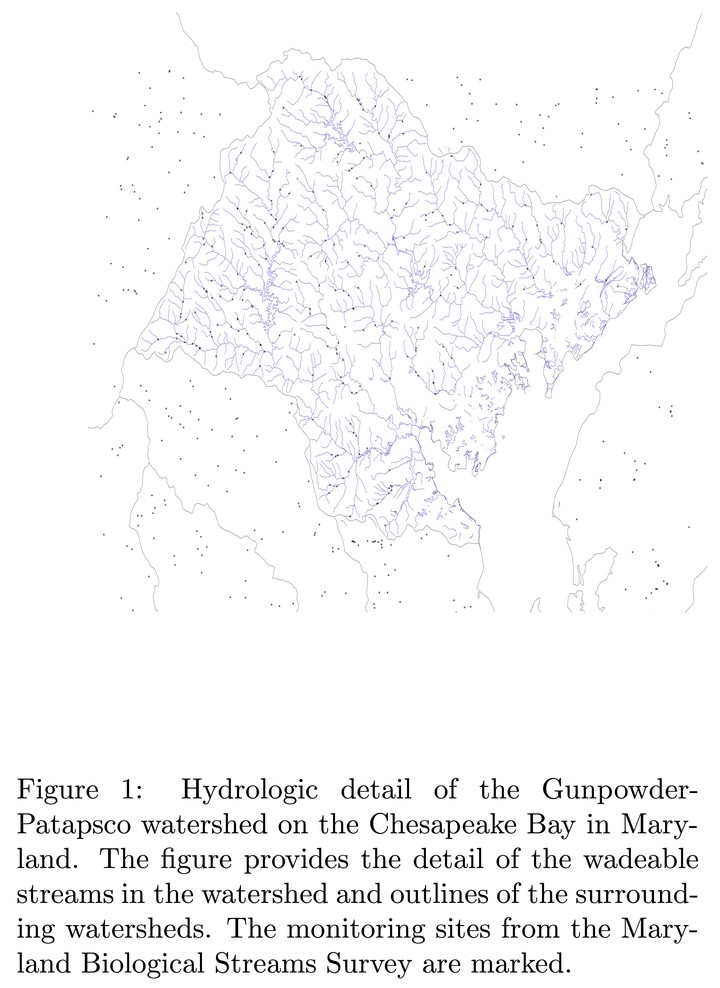Statistical Methods for Ecological Assessment Of Riverine Systems By Combining Information From Multiple Sources

Abstract
The assessment of environmental risk and the evaluation of environmental policies increasingly require accurate and relevant information about the environment. For policy makers and stakeholders to evaluate possible policy changes, an understanding of the cause-and-effect relationship between the alternative policies and their environmental and social outcomes is essential. Addressing these questions requires information from diverse sources to be collected, organized, and combined. Evolutionary improvements in Geographic Information Systems (GIS) now routinely allow the management and mapping of spatial-temporal information. However there is a dearth of statistical methodology, not only to represent the complexities of the information, but also to allow the uncertainty of the resulting inference to be quantified. The development of statistical models to combine information of different types and spatial support is of vital importance to environmental social science.
The objective of the paper is to improve understanding of the biological integrity of stream and river systems in the United States Mid-Atlantic Region by combining information from separate monitoring surveys, available contextual information on hydrologic units and remote sensing information.